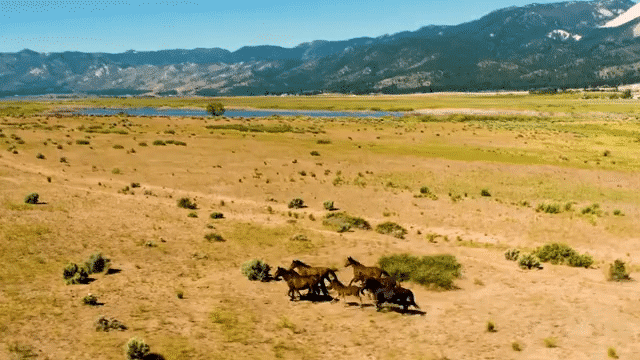Free shipping on orders over $99* (exclusions apply). Free scarf on Romance & Rustlers Collection orders over $300.
Free shipping on orders over $99* (exclusions apply). Free scarf on Romance & Rustlers Collection orders over $300.
Free shipping on orders over $99* (exclusions apply). Free scarf on Romance & Rustlers Collection orders over $300.
Free shipping on orders over $99* (exclusions apply). Free scarf on Romance & Rustlers Collection orders over $300.
Add description, images, menus and links to your mega menu
A column with no settings can be used as a spacer
Link to your collections, sales and even external links
Add up to five columns
Add description, images, menus and links to your mega menu
A column with no settings can be used as a spacer
Link to your collections, sales and even external links
Add up to five columns
Add description, images, menus and links to your mega menu
A column with no settings can be used as a spacer
Link to your collections, sales and even external links
Add up to five columns
Add description, images, menus and links to your mega menu
A column with no settings can be used as a spacer
Link to your collections, sales and even external links
Add up to five columns

February 06, 2022 3 min read 1 Comment
Gone are the days of gunslingers and saloons, but on the wide-open ranges of west Nevada, wild horses remain.
Photograph by Mitchell Franz
The citizens in and around Dayton, Nevada are no strangers to seeing the random rogue horse meandering through the neighborhood. Nevada, like Texas, is primarily comprised of “open range” land – in fact, nearly 85% of Nevada is public land, either state or federally owned – which means livestock have the right to roam, and if you’re not enthused about having them wandering your property, it’s your responsibility to fence them out. Native to the region for centuries, these horses represent nearly every color and pattern in the equine world, and occasionally you can spot a descendant of the original wild mustangs with zebra-like stripes on their legs.
It was in this region that we were fortunate to spend a couple of days photographing the Wild Horses collection, complete with unimpeded cameos of the wild horses themselves. While we are lifelong horse people ourselves, our interaction has been largely with trained quarter horses, so observing these majestic creatures truly in the wild, self-sorted into family bands protected by and deferring to an alpha, was an unexpectedly moving experience. Their strength. Their speed. Their singular focus on survival. There’s an element of awe, and even envy, to their entirely unfettered nature.
Photograph by Mitchell Franz
Observing the behavior of animals has long been an area of interest for humans. It’s why we have zoos and National Geographic and Animal Planet. It’s fascinating to discern the ways they’re like us and the ways they’re not; how they eat, how they mate, and particularly, how they govern themselves.
“That was what fascinated us most over the few days we were out [in Nevada] photographing,” Cheryl said. “Watching them interact, or often not interact, with the other bands, and how they all deferred to the alpha, who was very protective and even when he got curious and ventured over to check us out, he always had one eye on his band and would bolt so fast that he’d just disappear into a cloud of dust. It was jarring and majestic and just, captivating.”
Photograph by Mitchell Franz
We got to witness these behaviors first-hand, and even in the short time we were with them, we were able to observe unique characteristics and personalities of the horses, and determine the different roles within the families – which we learned are called “bands”. There is a dominant mare, an older adult female horse, and an alpha stallion for each band. The alpha leads, herds, and protects his band; he will square off with any unaffiliated or unwanted visitors without hesitation. He mates with the mares in the group and sires all the foals in his band, the females of which can remain within the band, but the males are kicked out around two years of age to find/form their own band, often existing in a “bachelor band” in the interim.
Photograph by Mitchell Franz
As you can see, we learned quite a bit in our short stint among these marvelous creatures, and like anything else, the world of wild horses has its own jargon, so we thought it would be fun to include a little glossary.
Herd – A “herd” of horses is a large group made up of smaller bands of horses sharing the same territory.
Band – Bands are small family groups of wild horses which generally can range from three members up to twelve or more. These bands are led by a dominant mare over 6 years of age and a band stallion and can contain several additional mares, foals and younger horses of varying sexes.
Bachelor Band – A bachelor band is a small group of young stallions who have been kicked out of their natal (family) bands but have not yet won their own mare or started breeding. These groups of males provide companionship and practice sparring for each other and as they gain maturity and confidence will start branching out to try to steal mares for themselves from current band stallions.
Natal Band – The band into which a horse a born.
Comments will be approved before showing up.
Our emails are the prettiest. Dress up your inbox:

Our emails are the prettiest. Dress up your inbox:
Janet Harris
February 14, 2022
Always a good read on Sunday. You did learn a lot and thank you for sharing so now I know more.